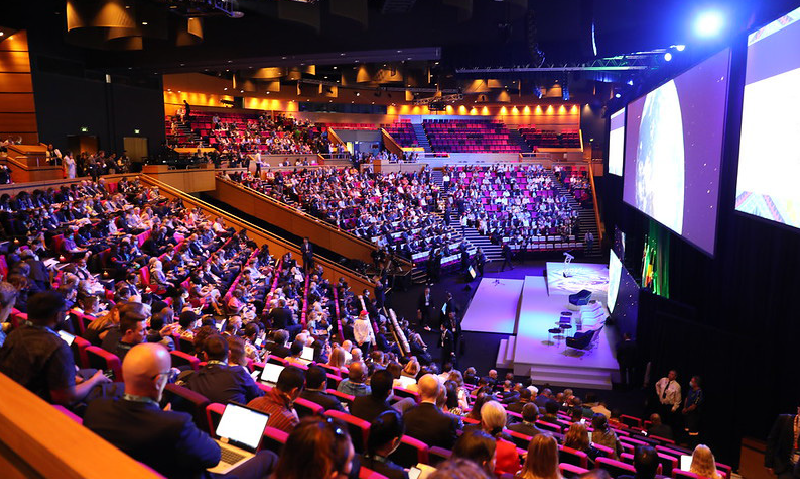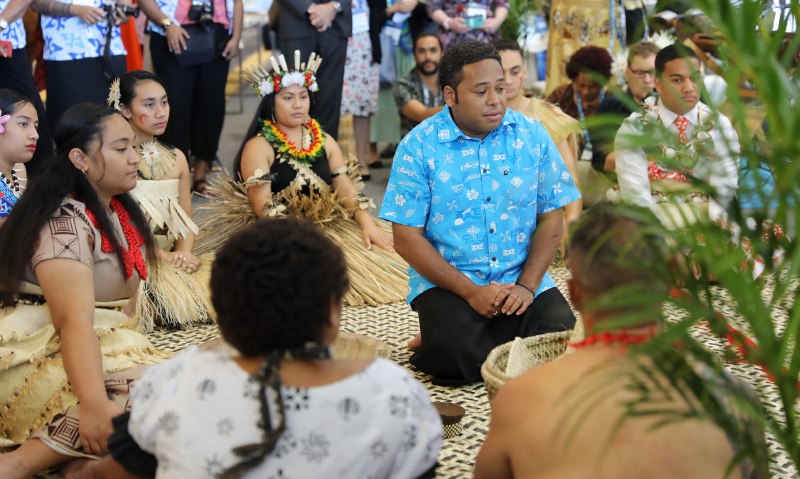Australia and its regional partners have reaffirmed commitment to the Sendai Framework for Disaster Risk Reduction 2015-2030 (Sendai Framework) and readiness to listen and learn from others on best practice approaches to addressing climate and disaster resilience.
The Asia-Pacific Ministerial Conference for Disaster Risk Reduction was held in September 2022 in Brisbane. The conference brought together ministerial representatives and delegates from government, civil society, academia, the private sector, not-for-profit organisations and communities. The conference attracted 2,500 registered delegates and 2,150 in-person participants from 58 countries.
Taking place in the midst of the midterm review of the Sendai Framework1, the conference allowed attendees to discuss where and how global communities can accelerate action to reduce disaster risk and build resilience in-line with the framework.2 The midterm review will culminate in a high-level meeting in New York in May 2023. The conference noted the importance of senior representation at this meeting where member states will be asked to adopt an action-oriented political declaration to renew commitment to and accelerate the global collective implementation of the Sendai Framework.
Outcomes
Following the conference, Australia and the United Nations Office for Disaster Risk Reduction jointly released a Co-Chair’s Statement3 that captured the takeaways from the conference. This statement emphasises the commitments of delegates to the Sendai Framework through:
- better integration of disaster risk reduction and climate change adaptation to increase community resilience
- inclusive and transformative approaches that elevate the voices of marginalised groups
- increased risk-informed decision-making that takes into account existing and emerging challenges
- increased and innovative investment into disaster risk reduction and climate change adaptation
- greater collaboration and consultation across sectors including the private sector, insurance and industry.
The Conference Report4 is a summary of the insights from each of the conference sessions and makes recommendations for prioritising investment in disaster risk reduction, pathways for investment and the roles of different actors.

Welcome Ceremony for Asia-Pacific Ministerial Conference on Disaster Risk Reduction
Image: UN Office for Disaster Risk Reduction
Formal recognition of Pacific engagement
Shortly before the conference, the Nadi Declaration5 was adopted at the inaugural meeting of the Pacific Disaster Risk Management Ministers in Fiji. This informed many of the discussions held at the Brisbane conference.
This was the first time the conference recognised Pacific Island countries as full participants. The Pacific Pavilion was a dedicated space at the conference for learning and sharing Pacific-led and owned innovations and cultural and traditional knowledge.
Pacific voices are an active part of the conversation and the global community has much to learn from their disaster preparation and management experience. For example, the integrated approach to addressing climate and disaster risk through the Framework for Resilient Development in the Pacific6.

This was the first time the conference recognised Pacific Island countries as full participants.
Image: UN Office for Disaster Risk Reduction
Strong ministerial participation
Ministers, deputy heads of government and representatives from 36 countries, regional organisations (e.g. Pacific Islands Forum Secretariat), international financial institutions (including the World Bank and Asian Development Bank) and other groups (e.g. youth and the private sector) participated. Australia’s Minister for Emergency Management, Senator the Hon Murray Watt, and UN Special Representative for the Secretary-General on Disaster Risk Reduction, Ms Mami Mizutori. co-chaired the conference.
The National Emergency Management Ministers’ Meeting was also held in Brisbane on the side lines of the conference. Members considered challenges such as approaches to high-risk weather seasons, current flood recovery efforts and facilitating risk reduction initiatives.
Messages across the international and domestic forums were strikingly consistent, in that climate change has fundamentally changed the disaster risk profile. Urgent, transformative action is needed to mitigate risks and improve resilience. We can no longer rely on historic models of disaster response and recovery. The midterm review affords a rethink of disaster risk reduction on a global scale. As the most disaster-prone region in the world, Asia and the Pacific play an important role to shift the focus in our region. During the Ministerial Forum Ms Mizutori said, ‘the global battle to reduce disaster losses by 2030 will be won or lost in Asia and the Pacific’.


